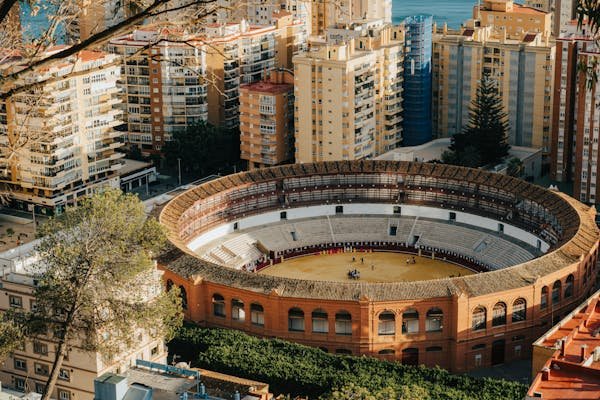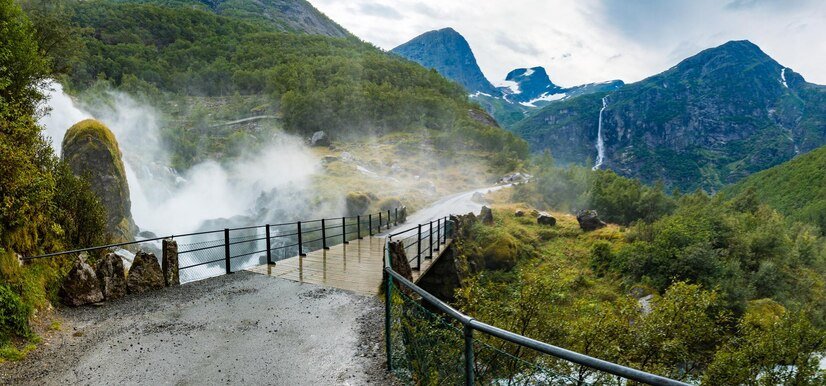First Man to Circumnavigate the Globe: An Adventure
World travel is a dream which has always enticed man. In the modern age, aero planes, ships, and other conveniences of transport have millions of travelers crossing the globe. Though, once upon a time this kind of journey was seemingly impossible. More than 5 centuries ago the first trip around the globe was recorded. which took a few years to complete under great hardships with immense amounts of courage. Ferdinand Magellan was the captain of this historic journey, although he didn’t survive the journey to completion! Let me chronicle this maiden world journey, what made it important, and how it shaped the history.
One Earth in the early sixteenth century
Very few people knew anything about the rest of the world colonies; the main land (Europe, Asia and parts of Africa) were known in the early 1500s. Travelling over land was challenging and perilous while the sea was other-worldly and full of frightening creatures. At the time, many people thought the Earth had borders. And that ships that travelled too far would be destroyed by sea monsters.
European nations and empires were intent to discover new trade routes to Asia. Although much sought-after the spices, silk and other goods from. Asia was still extremely difficult to get to and that continent was very far away. We are quickly talking a number of weeks taking the treacherous .Overland route that inevitably passed through lands hostile to Persia proper. Reaching Asia by going west instead of east was an idea that had been batted around but never tried. Until Ferdinand Magellan did an expedition like that.
Ferdinand Magellan and the Plan
One of those men was Portuguese Ferdinand Magellan who was not only a really great navigator and explorer but also an explorer who was determined to discover a westward route to Asia. His desire for glory and riches drove him on and he thought the west was a possible route to Asia. Yet he did not find support for his plan in his own country of Portugal, and so he approached their exploratory and trading rival Spain.
Magellan Hughes applied to the King of Spain, Charles I, and was authorised. Magellan was commissioned five ships—the Trinidad, San Antonio, Concepción, Santiago, and Victoria—and a crew of more than 270 men. The ships were provisioned, and on September 20 m 1519 the expedition left Spain. They were looking for a route through the Americas which would bring them to the Pacific Ocean and on to Asia.
The Journey Begins
Looking for a way through the continent, Magellan’s fleet sailed the South American coast. It was a tough ride from the get go. The ships were battered by severe weather, and the crew began to be restless. Food supplies dwindled, and the morale went down. They searched for months but did not find a passage until discovering one at the southern end of South America. Magellan himself discovered this channel, now known as the Strait of Magellan.
It was a passage that was both narrow and treacherous, but after nearly a month, the fleet finally broke into the width and wildness of an unfamiliar Pacific Ocean. The Pacific was named “Pacific” by Magellan, who thought the waters were calm and serene compared with the Atlantic Ocean – it was the first ocean which fell in the east side of the land (Europeans).
Crossing the Pacific
The crew had a hell of a time getting across the Pacific Ocean. Such a large body of water had never before been crossed and the trip felt unending. The ships went without land for over three months. They were left with no food supplies and ate rats, leather, and whatever else was available. A disease known as scurvy, which was caused by a deficiency in vitamin C, made many of the crew members terribly ill as well; this was a time of great suffering and many lives were sacrificed.
The last stop they made, in March 1521, was at the islands we now know as Guam and the Philippines. They were thrilled to discover new food, water, and chatty locals. But shortly after getting to the Philippines Magellan was killed in a battle with a indigenous tribe. Though he had led the journey to this point, he was not going to survive long enough to carry out the voyage.
But The Magellan-Free Journey Goes On
In Argentine lands from the 1920s (on the images and data)After the death of Magellan, the expedition continued with others in charge. Determined to complete the journey, the remaining crew still had more to go, but it would be with only two ships as the others had been damaged or destroyed. From the Spice Islands in Indonesia, the crew moved to sail west again. It was an important find since it had originally sought a westward passage to the spice-laden islands of Asia.
Now the choice facing the expedition was had they come back to Spain the way they had come, or had they done the first leg of a circumnavigation and simply pursued that journey, sailing westward? They decided to continue west, thinking it was quicker and a safer route. Juan Sebastián Elcano and the Victoria were the only ones that made this last section of the trip.

The Return to Spain
After almost three years of setting out on its journey, the Victoria did return to Spain on September 6, 1522, but only 18 original crew members were among the returning crew, and there were 270 left Spain on the voyage. They were the first humans ever to circumnavigate the globe. They returned with fragrant spices, treasured for their high price in Europe, but at a hellish price. Magellan wasn’t among the survivors; his men had lost many lives. But what they managed to pull off was impressive.
Because they came back to where they started by travelling in one direction, the Victoria return demonstrated the Earth was round. Neighbours—such as Sir Walter Raleigh—who were intent on exploration considered it too. It also now provided proof that a westward route to Asia was a possibility, improbable and more dangerous than passing around Africa, but still a possibility.
The Effects of the First Worldwide Voyage
How this successful circumnavigation of the Earth changed the world in many ways.
From Expansion of Knowledge it was common knowledge that the Earth was round and the oceans of the world connected it.
GLOBE-MAPPING: Remarkably enhanced maps of the still-unseen Pacific, along with places of continents and numerous islands.
Expansion of Trade: The voyage showed that long-distance maritime trading was feasible but difficult. This spurred the discovery and colonisation of more lands.
The Ascension of Spain and Portugal: Spain and Portugal explored the world, with Spain taking over the Philippines (among others) and Portugal taking over Asia.
Cultural Exchange– interacting with these previously isolated peoples, the crew returned to their homeland with new knowledge and spices and the trappings of a new exchange between Europe and another world.
Lessons from This Journey
Take the first trip around the world — a tale of courage, curiosity, and perseverance. Magellan’s crew suffered through everything from starvation to skirmishes, but nothing would shake their resolve to fulfil the mission. Compelled by discovery and broken only for adventure to light the way which kept them moving forward despite the path before them seeming truly impossible.
er and more secure, yet the adventurous spirit that brought Magellan and his team on this legendary adventure lives on through travelers globally. Every trip reinforces the lesson that there is always more to experience and explore.
Conclusion
Ferdinand Magellan’s circumnavigation was one of the great voyages in history and was the first successful circumnavigation of the world. These explorers inspired the world and strove for what seemed impossible through their sheer determination and intrigue. We travel almost around the globe today within hours or days, but this history of our first journey gives a hint about what early explorers had to face to learn something. Even today their courage and accomplishments inspire travelers.




Post Comment